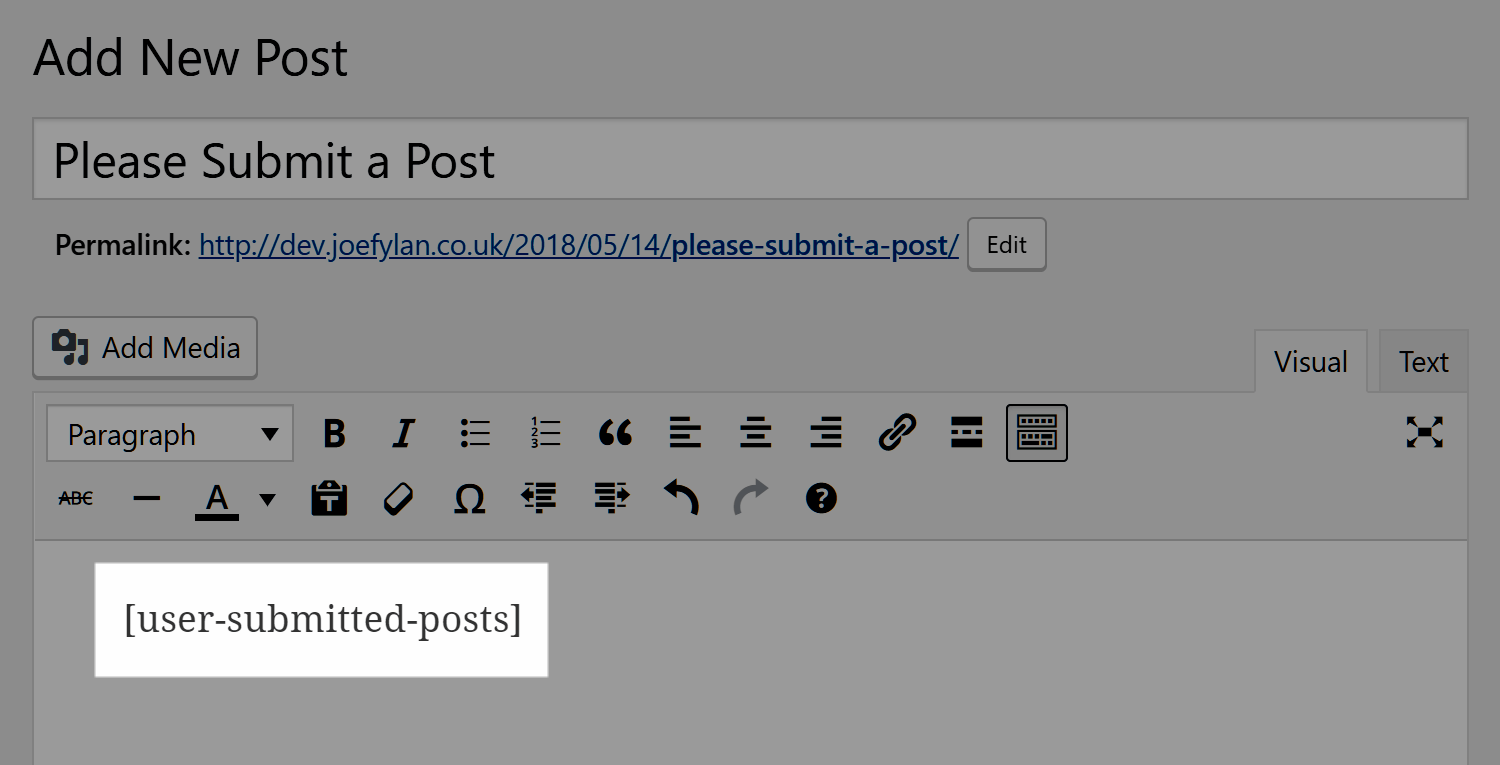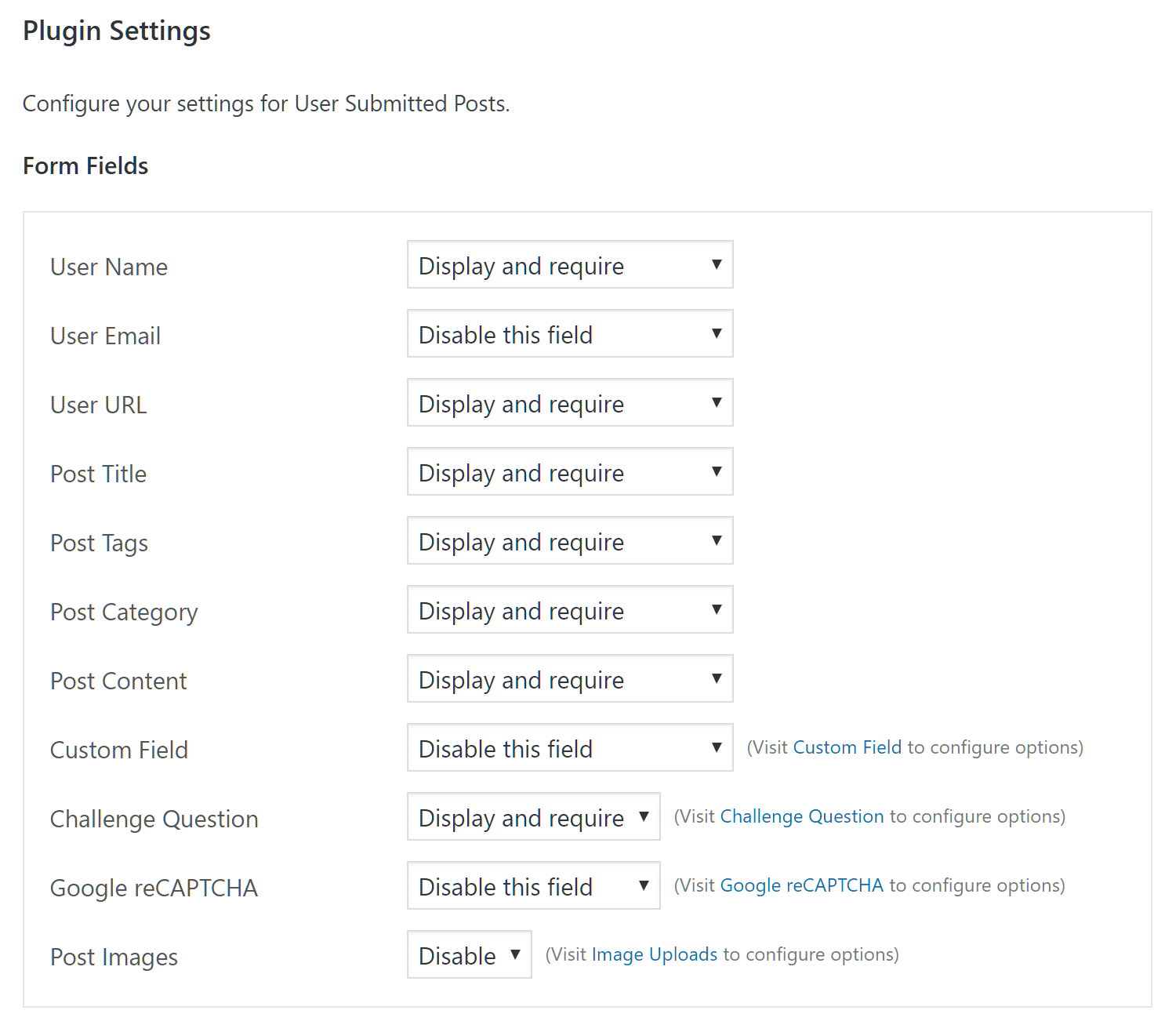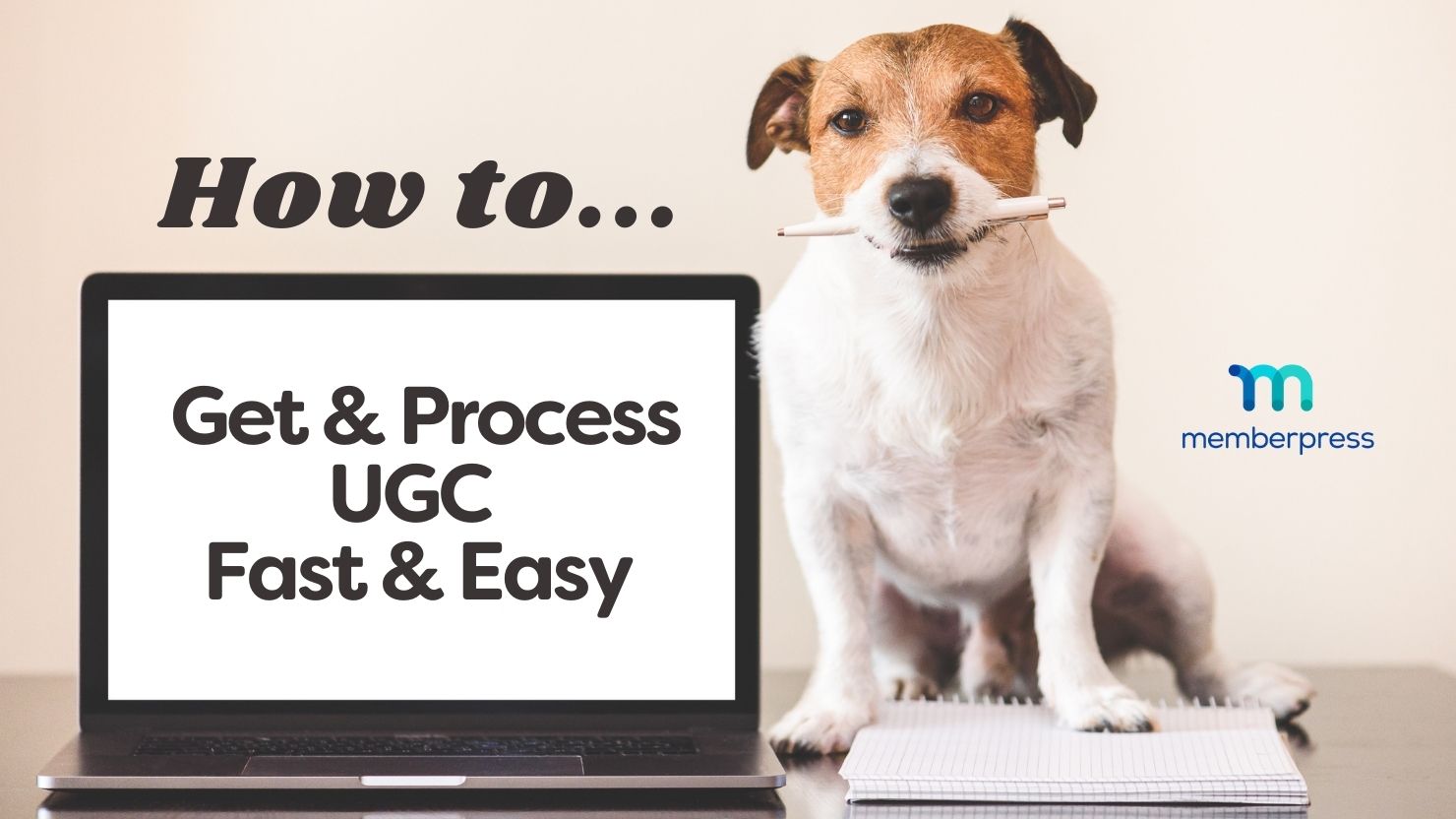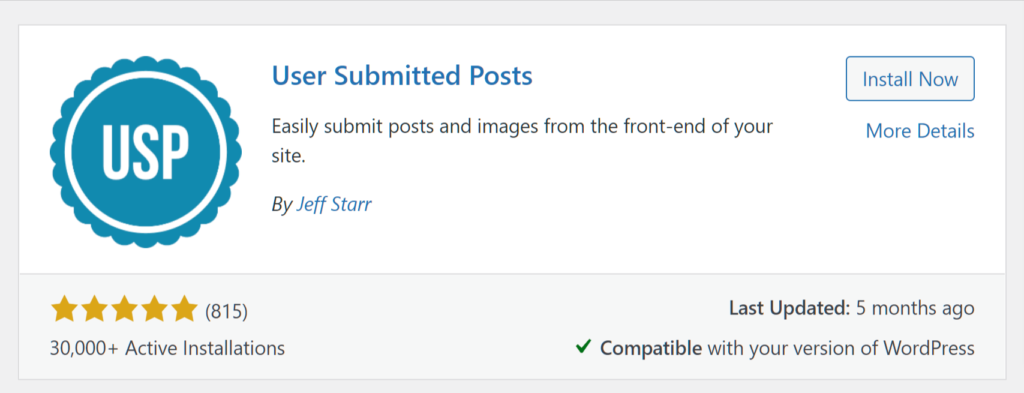Creating a sense of community is key to running a successful membership site. After all, if members feel like part of a team and have a sense of belonging, they’re more likely to stick around. A strong community can have an enormously positive impact on your membership site’s churn rate. There are other benefits, too. And we’ll cover those shortly.
But first, you're probably wondering how you go about creating this sense of community among your members.
One awesome and easy way is through user-generated content (UGC). That is, you can give your members the ability to add their own content to your membership site.
In this guide, we'll go over why you should be using UGC. We'll also show you how to get user-generated content from your members through a members-only blog. Let's get rolling!
Why Accept User-Generated Content on Your Membership Site?
Before we get to how to start accepting user-generated content on your membership site, let’s quickly cover why you should consider it.
First, letting your members have more input on your content increases their sense of ownership. This feeling can lead to improved customer connection and can transform passive consumers of content into members who feel more involved with your site.
By letting your members take a more active role in your program, you make them feel like an integral part of the site and less like just another username on the list of members.
You’ll even find that some of your members become cheerleaders for your membership platform, taking a more active role in sharing your site with their followers and networks. They’ll also be less likely to let their memberships lapse, which is always a good thing.
Second, giving members the ability to publish their content on your site adds more content to your platform. User-generated content that’s only available to other members helps increase the perceived value of your program. Publicly available content, on the other hand, helps bring more visitors via search engines.
Because WordPress is such a flexible platform, you have many options for how to get user-generated content on your site, as well as what types of content you accept. Options might include
- Forum discussions
- Video uploads
- Knowledge-based articles
- …and pretty much any other types of content you can create for a membership site
However, in this guide, we’ll focus on user-generated blog posts. These posts can be used for a wide range of purposes. They can also be published inside and outside your members-only area. Whether you want to accept the occasional article for your membership site or start a members-only blog, adding this functionality to your WordPress website is easy.
How to Accept WordPress Blog Post Submissions from Users
Thankfully, there's a WordPress plugin for almost any feature you can imagine adding to your website. And accepting user-generated content is no exception.
While you could simply create a new user account for each member who wants to upload a blog post, there are better and more efficient ways to start letting members submit their own content.
With the plugin we’re about to explore, you can…
- Simplify the content uploading process for members who aren’t familiar with the WordPress backend, and
- Reduce your workload when it comes to starting and managing the UGC process
How to Use the User Submitted Posts Plugin

Installing the free User Submitted Posts plugin on your WordPress website instantly gives members the ability to upload content to your website.
To get started, simply log in to your WordPress dashboard, then head over to the Plugins page. From there, search for User Submitted Posts. The plugin we’re looking for will probably be the first result you see.
Once you’ve clicked on the Install Now and Activate buttons, the new feature is ready to go. Although you could just create a new post or page and insert the content submission form, it’s worth checking out the plugin settings first.
You might want to test out the forms and see what they look like and how they work. If so, try creating a new blog post or open an existing one for editing, then paste the shortcode into the content area:
[user-submitted-posts]

When you preview or publish the content, the shortcode will be replaced with the post-submission form, using the default settings of the plugin.

You’ll notice there are quite a few fields on the front-end blog-post submission form in the default settings display. If not all fields are necessary for your project, go to the plugin settings page to customize which fields are displayed.

Controlling the fields shown on the form is as simple as using the drop-down menus.
Another setting you should be aware of is the option to set post status. By default, each post is set to pending, giving you the opportunity to approve or reject the publication of each submission.
But you can also allow the content to be published automatically if a user has previously published a number of submissions on your site. This can help you automate the publication process for users who have already successfully submitted content you’ve approved.

If you want to restrict the content-submission feature to members, be sure to publish the forms on a protected area of your site using a plugin like MemberPress and its access rules. This can be useful if you want to create a members-only blog on your website.
Final Thoughts
An interactive site is an engaging site. If you want to keep members interested in your program and coming back for more, you should definitely have a go at making your WordPress membership website more interactive.
Accepting user-generated content from members is a win-win. On one hand, it…
- Gives members a way to share their thoughts and expertise, and
- Fosters a deeper sense of connection with other users on your site
On the other, as the membership site owner, you now have…
- More content to help with SEO, and
- A way to increase the perceived value of your program to other members
Will you be giving your members the opportunity to publish content on your website? Let us know in the comments section below.
If you liked this article, be sure to follow us on Facebook, Twitter, Instagram, and LinkedIn! And don't forget to subscribe in the box.














Interesting, I’ll try that plugin out looks to have good configuration too.
In the example form in this article, you show fields ‘User Name’ and ‘User Email’.
Given that the user must be logged in to access the page with the form, can we get Memberpress to enter these fields automatically and simply display the results, without allowing the user (the member) to enter or change them?
If this is possible, how do we do it?
Because MemberPress uses the built-in WordPress Users storage and authentication system, it would definitely be possible for that to happen, but it’s something the User Submitted Post’s plugin author would need to implement for logged in users. You might reach out to their support to see if that’s something they already support or not.